Irrigation Syringes
Irrigation Syringes are used to irrigate wounds, ears, eyes, catheters and for enteral feeding. Wound Irrigating Syringes provide hydration, remove debris, and cleanse. There are several types of irrigation syringes available, including Bulb Irrigation Syringes and Piston Irrigation Syringes --thumb-control ring irrigation syringe, flat-top irrigation syringe, and curved tip irrigation syringe. Selecting the right irrigating syringe is mostly a m
Wound Irrigation consists of a steady flow of a saline or other cleansing solution upon an open wound surface. Irrigation can remove debris from the wound to allow visual examination. The irrigation solution is meant to remove cellular debris and surface pathogens contained in wound exudates or residue from topically applied wound care products. Compared to swabbing or bathing, Wound Irrigation with a syringe is the most consistently effective method of wound cleansing.
Selecting an Irrigation Syringe - Comparing Irrigation Syringes
The comparison chart below breaks out irrigation syringes into two basic groups--Bulb Irrigation Syringes and Piston Irrigation Syringes. The Bulb Irrigation Syringes operate by squeezing the bulb. The Piston Irrigation Syringes work by pushing the flat top or thumb ring down to eject the contents of the syringe.
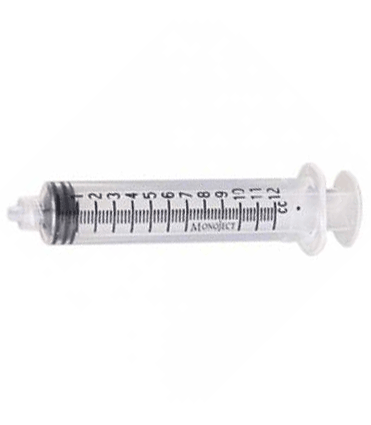
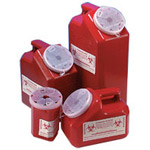
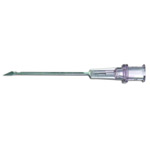

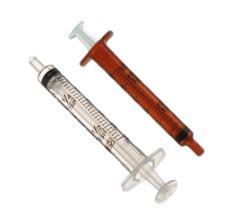

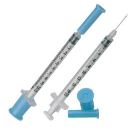
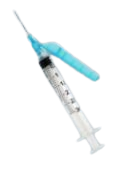

Login and Registration Form